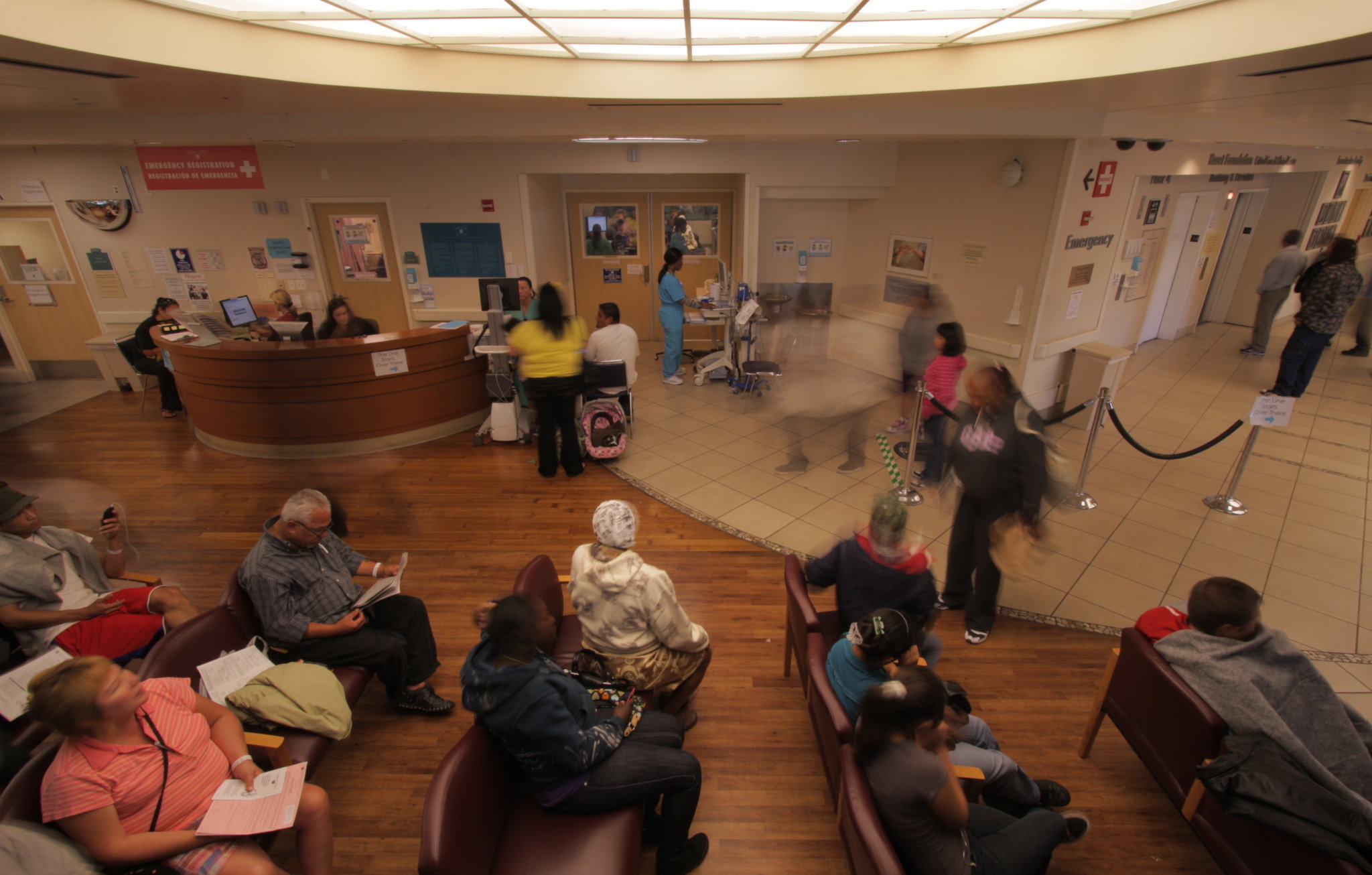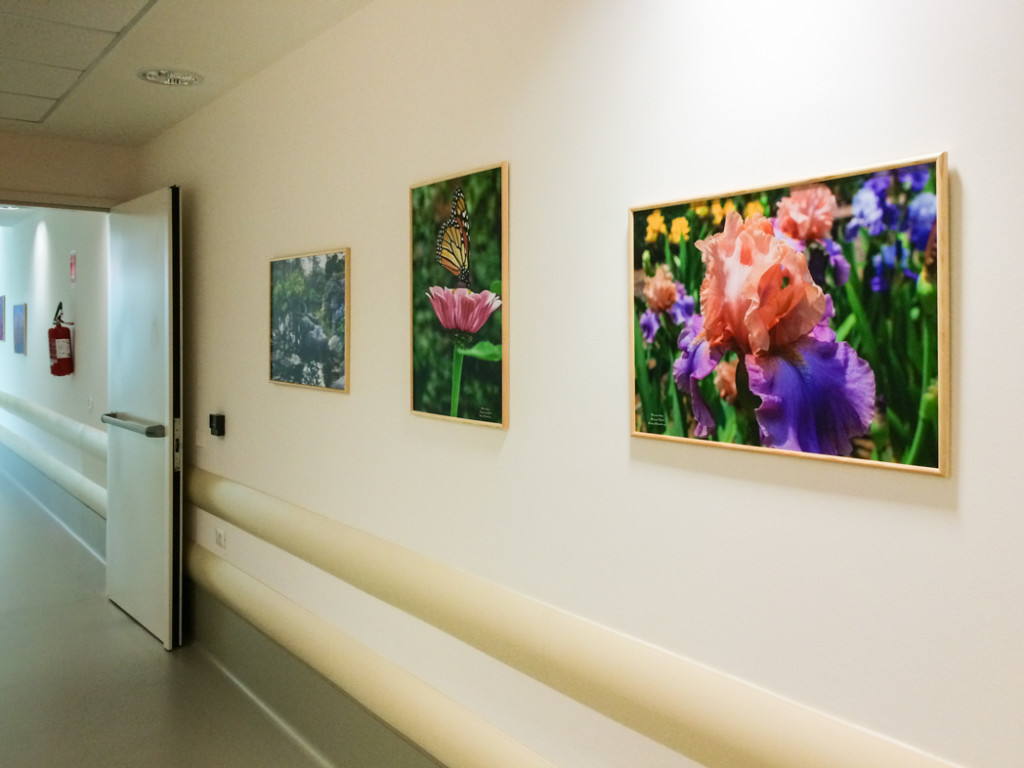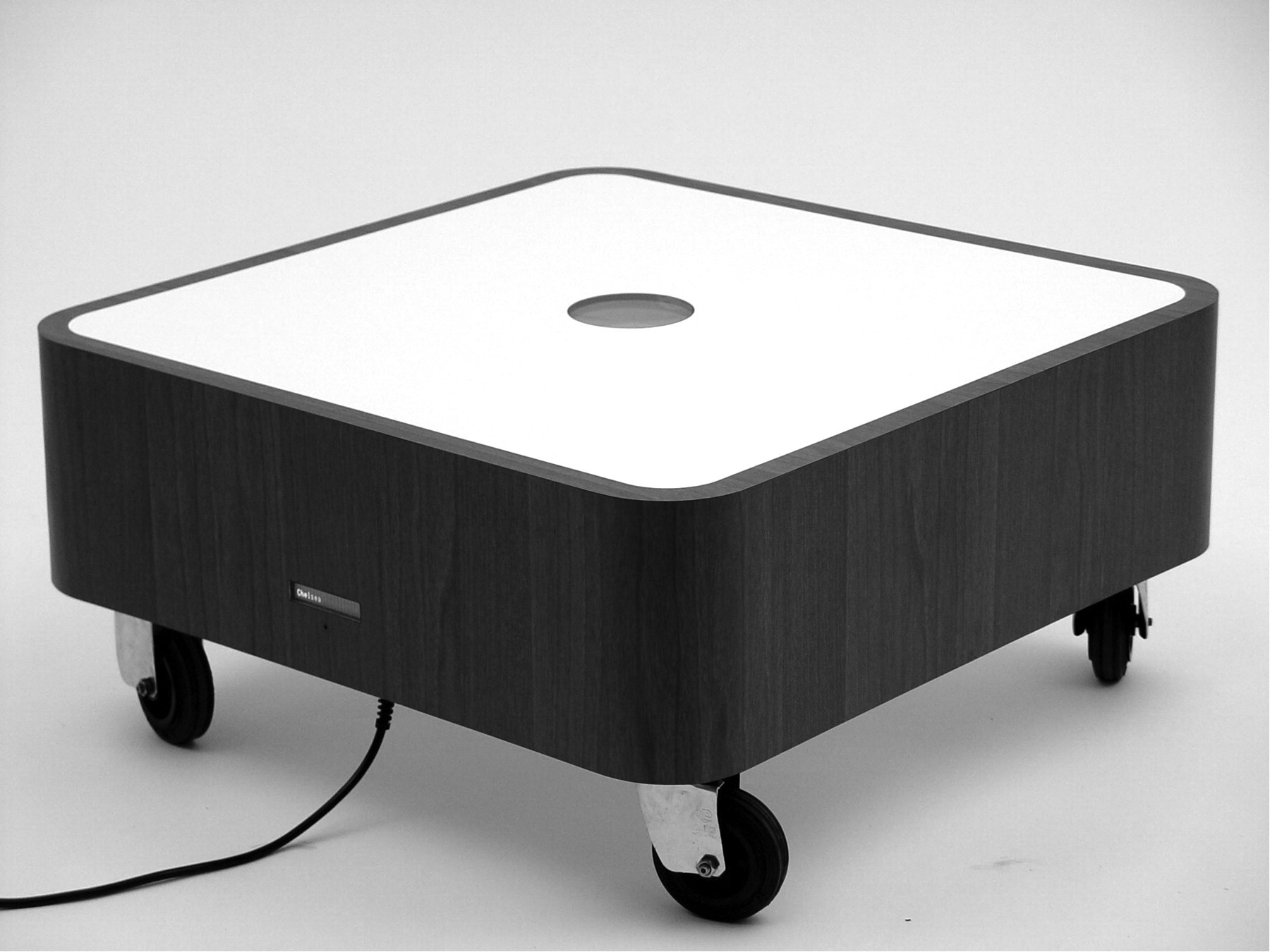Implementing Interactions with Affective Computing
Is there a way to allow patient control to their environment?
Allowing patients the control of their own environment has been proven to reduce stress and improve service satisfaction. However, it is almost impossible to cater to the needs of every individual, especially in a hospital environment where different age groups and ailments are involved.
McCuskey mentions providing patients a sense of place and ownership via choosing their own art.
To add, Eisen suggests these choices should be closely related to nature, not abstract pieces.

What is Affective Computing?
Ferreira and colleagues argue that people need to be aware of their bodies and take control themselves. Their studies implement a segment of Human-Computer Interaction called Affective Computing—a system that supports behaviour change.
Their project, Affective Health, is a reflective tool for patients to review their bio-enabled data to make improvements to their lifestyle.
Positive Distraction: an environmental feature that elicits positive feelings and holds attention without taxing or stressing the individual, thereby blocking worrisome thoughts.
Roger S. Ulrich


Designing for Emotion
Gaver is adverse to designing for emotion as it might be more fruitful to view emotion as just one aspect of design. He emphasises the need for a "design-led research approach that focuses on crafting the appearance and interactivity of specific designs open to ludic engagement on the part of their users."
He means to design interactions that open up to interpretations by promoting a sense of curiosity and wonder.
Ludic Engagement
The Drift Table is a coffee table with a cut-out in the middle where users can peek to see an overhead view of a map. By using weight sensors, objects can be placed on the surface which directs the movement as though users are navigating from a hot-air balloon.
Ludic engagement is further emphasised as a method of promoting curiosity, exploration and reflection. In order to do so, the design needs to offer a range of possibilities for people to explore while removing the pursuit of practical goals. All while avoiding the appearance of a computer, where people might assume a practical use can be achieved.